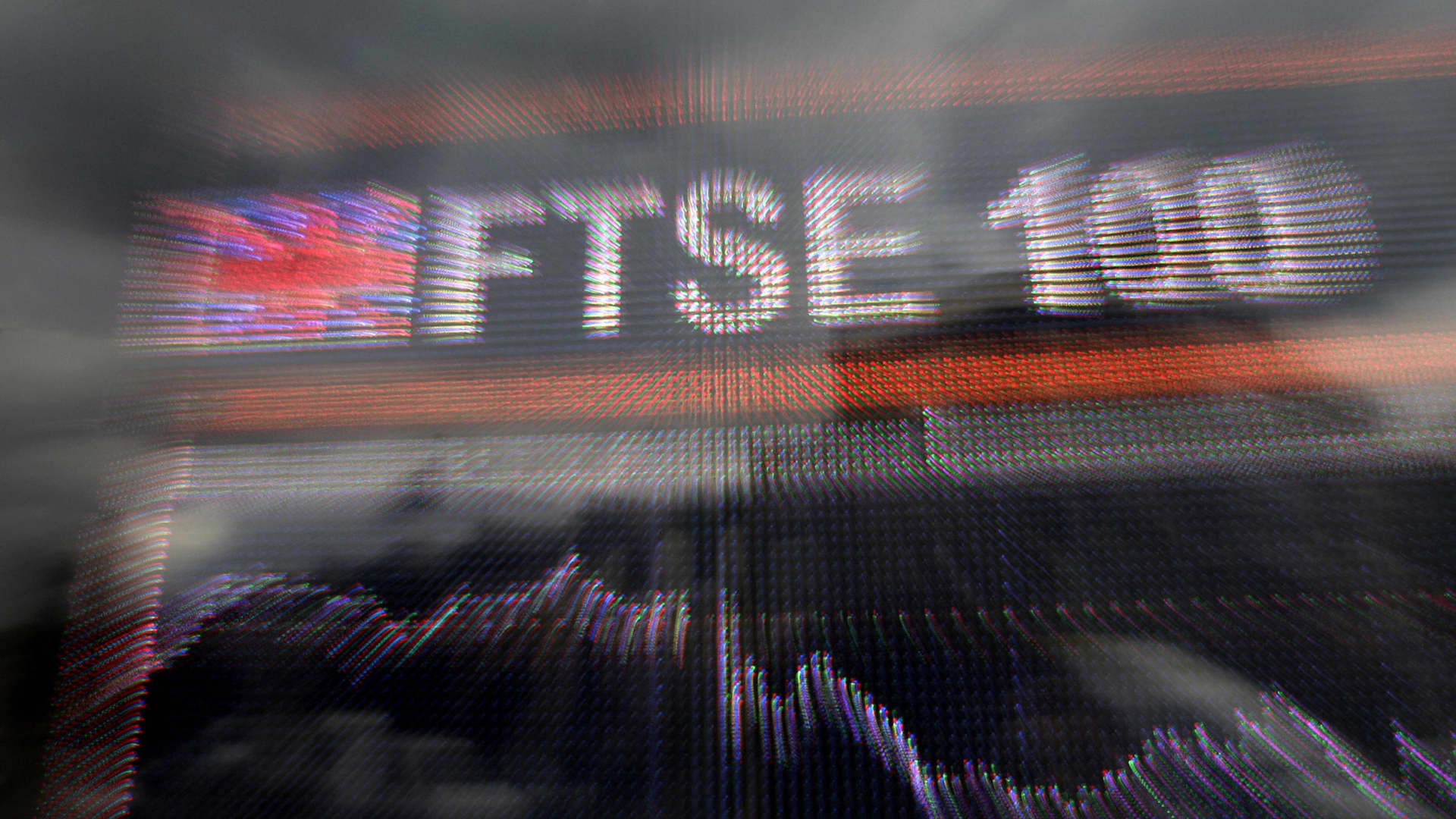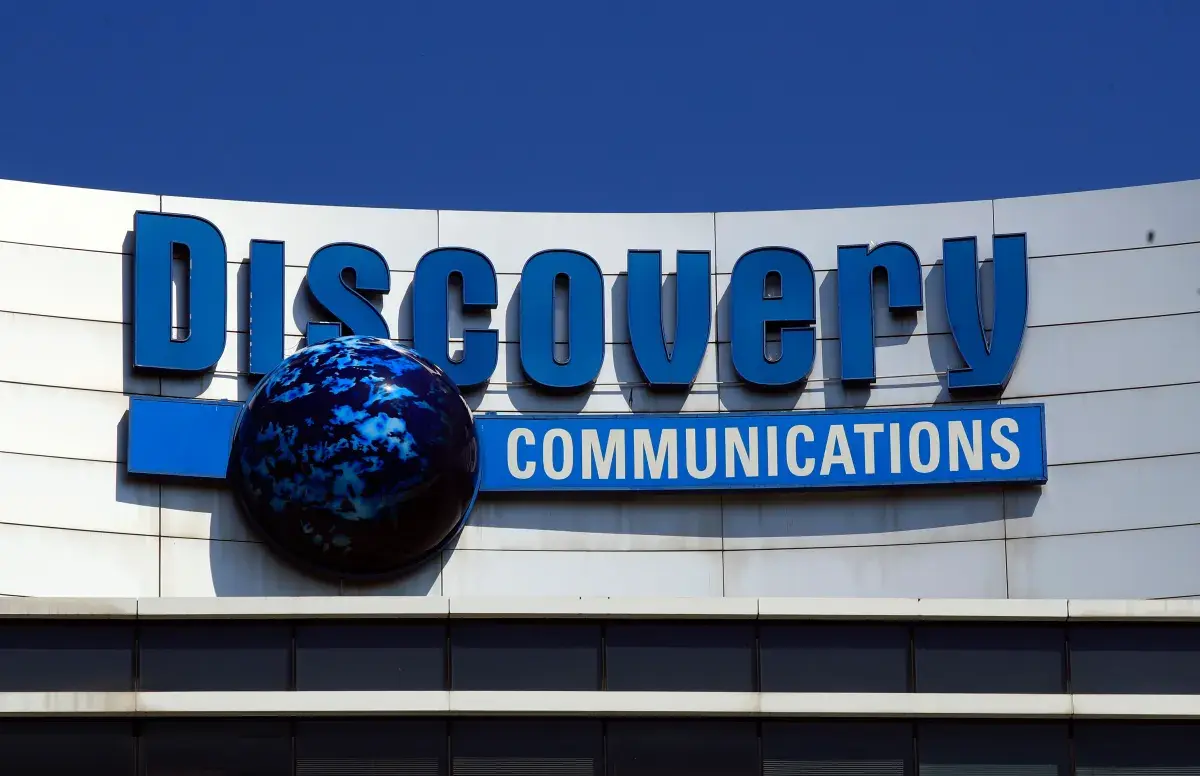Copyright CNBC

This was reinforced when last Friday Smiths Group , the FTSE-100 engineering company, announced a major disposal as it sheds its conglomerate status. Smiths [full disclosure — I was recently paid by the company to record an interview with its chief executive to accompany publication of its results] was founded in 1851 as a jeweler and clockmaker and won global fame when, in 1953, Sir Edmund Hillary wore one of its watches as he and Tenzing Norgay became the first people to conquer Everest. And millions now see its brand daily as they pass through airport detection scanners. Ironically, Smiths Detection is one of the businesses earmarked for disposal by Roland Carter, the chief executive. Already gone is Smiths Medical, a supplier to hospitals around the world, which was sold to California-based ICU Medical in 2022 for $2.7 billion. Then last week saw the £1.3 billion ($1.74 billion) sale of Smiths Interconnect, a provider of connectivity solutions, including fiber-optics and radio frequency transceivers, to Molex, an Illinois-based manufacturer owned by the billionaire Koch family. With Smiths Detection, a dual-track process is underway, with Smiths open to either a sale or a demerger. When completed, Smiths will be down to two businesses — John Crane, a supplier of mechanical seals and filtration products, and Flex-Tek, which supplies components that heat and move fluids and gases. The break-up, announced in January, was a surprise because Carter, who succeeded Paul Keel as chief executive in March 2024, had run both Smiths Detection and Smiths Interconnect earlier in his career and some investors perceived him as wedded to them. When we met recently though, he was clear a break-up was appropriate, arguing Smiths was misunderstood by investors. There are fewer sell-side equity analysts in the U.K. than before and those remaining have less time to study businesses in detail. Carter hopes the market will better understand a more focused Smiths delivering superior returns. A revaluation is already underway: since the break-up was announced, Smiths shares have risen by more than 30%, hitting record highs along the way. The break-up was also surprising because, not long before, Smiths had rebuffed calls from an activist investor, Engine Capital, to do just that. Opposition to a demerger had long come from George Buckley, the respected industrialist who chaired Smiths from 2013 to 2023 and who was previously CEO at 3M, one of America's largest conglomerates. He was a staunch defender of the model, telling me in 2014: "Pure plays are wonderful in expanding markets and they're terrible in contracting markets. So I'm a conglomerate lover." End of an era The Smiths break-up marks the end of an era in which conglomerates dominated the ranks of Britain's biggest companies. They included BTR, the old British Tyre & Rubber Company, whose activities, among others, spanned chemicals, textiles and packaging. Another was Tomkins, a former belts and buckles maker whose ownership of Smith & Wesson and the baker Ranks Hovis McDougall saw it nicknamed the "guns to buns group" by journalists. Thorn EMI's activities at one point included lighting, defense equipment, the HMV record chain, the EMI music label and the broadcaster Thames Television. Trafalgar House was a property company that diversified into construction, engineering, hotels and shipping and whose assets at one time included the Ritz hotel, the QE2 luxury cruise liner and the Daily Express newspaper. Hanson, the most famous, grew from a commercial vehicles business into a giant encompassing building materials, tobacco, coal and energy. All had buccaneering leaders like Owen Green at BTR, Nigel Broakes at Trafalgar House and Greg Hutchings at Tomkins — hard-driving, ambitious men determined to grow rapidly through mergers and acquisitions, in particular takeovers of poorly-run businesses, and driving improved financial performance via aggressive cost-cuts and asset sales. They were in tune with the zeitgeist of 1980s Britain when, as interest rates ratcheted higher to cure the country's high inflation, scores of underperforming industrial businesses went to the wall. They were on the front pages as often as the business pages: James Hanson, for example, dated Jean Simmons and Joan Collins and was engaged to Audrey Hepburn for almost a year. But it all came to an end largely due to over-reach: Trafalgar House collapsed after a failed takeover bid for the household electricity supplier Northern Electric. BTR's sprawling array of businesses were unable to compete when globalization began reshaping their markets. Tomkins broke itself up after Hutchings was ousted. Hanson did the same after a failed bid for the chemicals giant ICI (itself a former conglomerate which spawned the drugmaker Zeneca, now AstraZeneca) tarnished its reputation in the City. Yet traces of the old U.K. conglomerates are everywhere. Imperial Tobacco, once owned by Hanson, remains one of the biggest players in its field globally. Cunard, once owned by Trafalgar House, is a key part of Carnival Corporation, the world's biggest cruises provider. The latter also owns P&O Princess Cruises, once part of another former conglomerate, P&O, whose ports and ferries are now owned by Dubai Port World. Leaving aside Lonrho, which still exists as a small private company operating in sub-Saharan Africa, the best-known former U.K. conglomerate to live on is British American Tobacco, which at various points has owned insurers (Eagle Star, Farmers and Allied Dunbar), retailers (Argos and Saks Fifth Avenue) and a paper and packaging firm (Wiggins Teape Appleton). It broke itself up in response to a £13.2 billion takeover bid — an enormous sum back then — in 1989 led by the corporate raiders James Goldsmith and Kerry Packer and has flourished since as a pure play. Smiths will hope it is forging a similarly bright future. Top TV picks on CNBC



